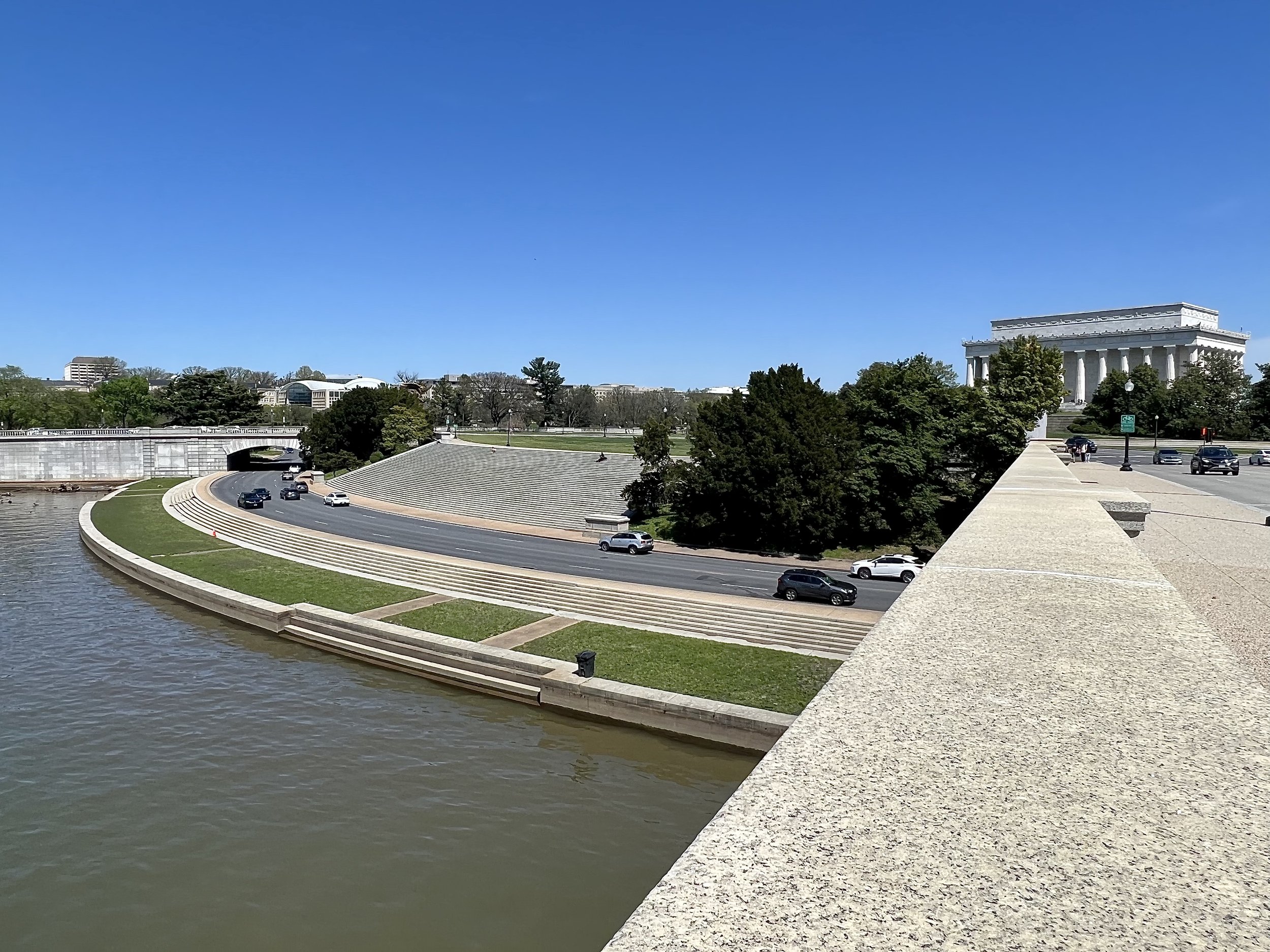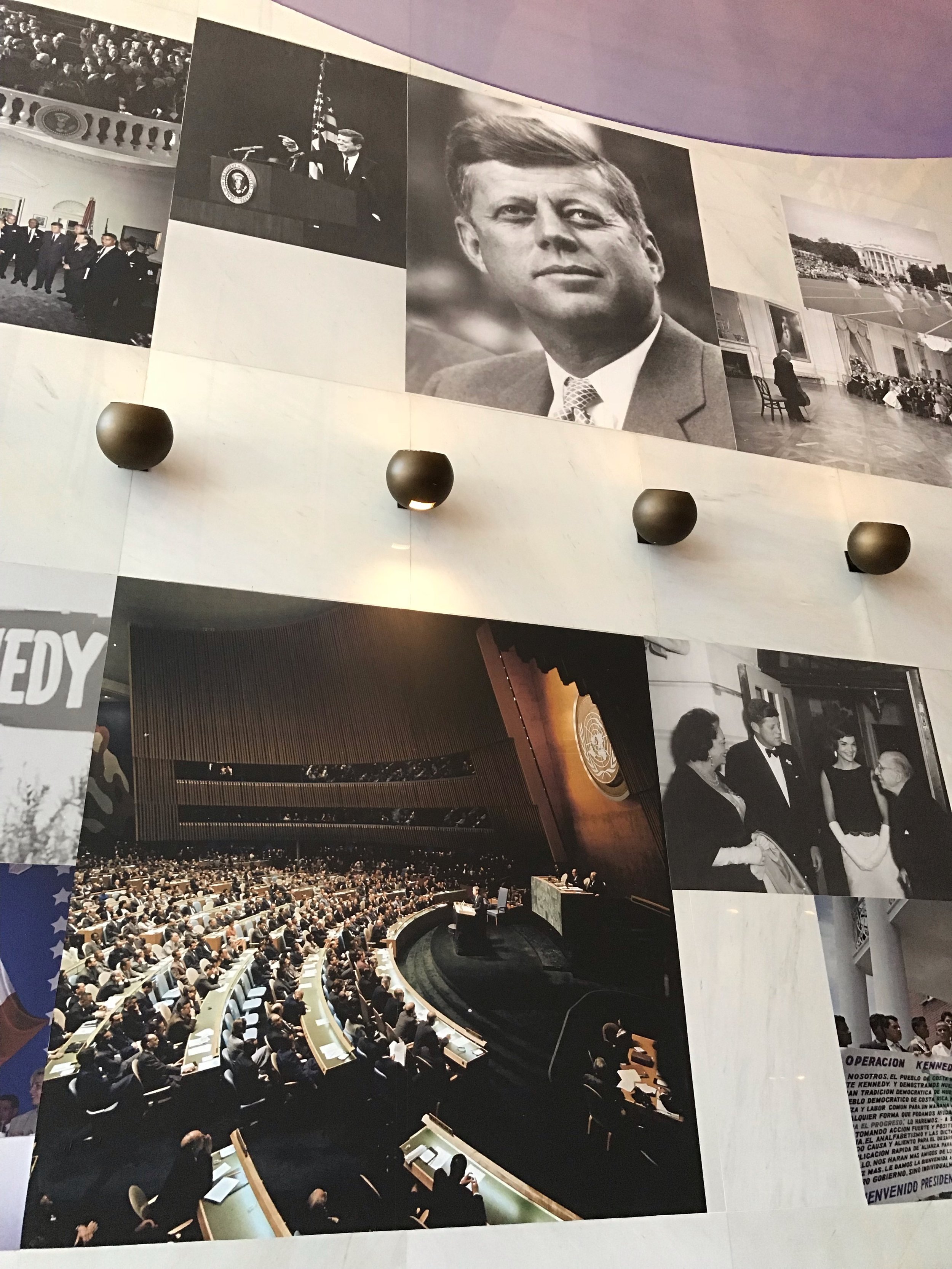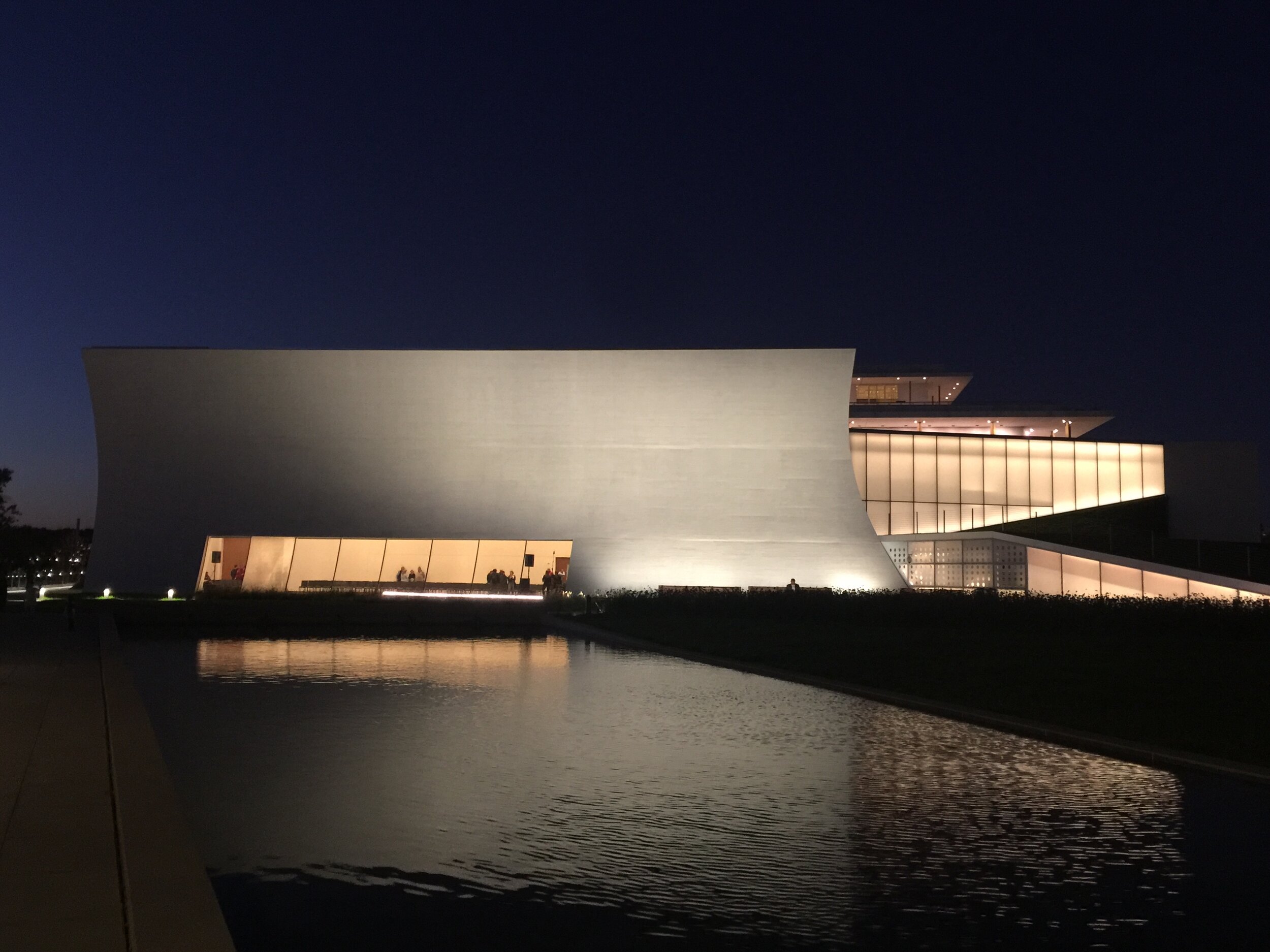The
John F. Kennedy Center
For
The Performing Arts
Washington, DC
The John F. Kennedy Center, which opened on September 8, 1971, sits along the shoreline of the Potomac River, nestled between the Georgetown waterfront, the Watergate complex, and the National Mall on the traditional land of the Nacotchtank and Piscataway peoples, past and present. From its expansive terrace visitors are blessed with a stunning view of the historic Washington DC skyline. Today the Kennedy Center, celebrating its 50th anniversary, stands as its nation’s representative for the arts.
Meet past and present members of the Kennedy Center staff and volunteers and listen to their fascinating stories from its 50 years of excitement.
Photo Bruce Alan St. Germain
History
The National Symphony Orchestra (NSO), which was founded in 1930, began performing for Washingtonians in Constitution Hall under the direction of Hans Kindler. In 1935 the NSO expanded its performance venues to include outdoor concerts on a floating barge tied up on the Potomac River facing the Lincoln Memorial. Concert goers took their seats on a descending set of stairs leading down to the water’s edge. Originally designed as a boat landing for dignitaries arriving in Washington, the Watergate steps provided a picturesque, if not entirely comfortable, summer concert venue.
Photo Bruce Alan St. Germain
In 1958, President Dwight D. Eisenhower signed bipartisan legislation creating a National Cultural Center in the nation’s capital. In November of 1962, President and Mrs. Kennedy launched a $30 million fundraising campaign for the Center’s construction. Former President Eisenhower and his wife Mamie participated in the event which demonstrated the bipartisan support for a world-class center for the performing arts in DC. In 1963, President Kennedy signed legislation to extend the fundraising deadline for the Center.
Photo Library Of Congress
Two months after President Kennedy’s assassination, by an Act of Congress signed into law by President Lyndon B. Johnson on January 23, 1964, the nation’s National Cultural Center was designated as a living memorial to President John F. Kennedy. By this Act, President Kennedy’s devotion to the advancement of the performing arts in the United States was recognized.
Upon its opening in 1971, the NSO began performing concerts in the Kennedy Center Concert Hall. In 1986 the NSO said farewell to Constitution Hall and became the artistic affiliate to the John F. Kennedy Center For The Performing Arts.
Visit The JFK Memorial
Photo Bruce Alan St. Germain
Architecture
The original designer of the Kennedy Center, Edward Durell Stone (March 9, 1902 – August 6, 1978) was an American architect known for the formal, highly decorative buildings he designed in the 1950s and 1960s. His works include the Museum of Modern Art, in New York City, the United States Embassy in New Delhi, India, and The Keller Center at the University of Chicago.
The architecture of the Kennedy center broke from the historically neoclassical look of Washington, DC, yet intentionally used white marble donated by the Italian government to create a stylistic bridge to its architectural neighbors. The enormity of the Kennedy Center, in its bright white wrapping, immediately grabs your attention. Its design was purposely envisioned to be timeless.
Photo Bruce Alan St. Germain
As you exit the free Kennedy Center shuttle that runs throughout the day and evening from in front of the Metro entrance on the campus of the George Washington University, you walk through a sliding glass door and enter the grand Hall Of Nations, a two hundred fifty foot long, sixty-three foot high corridor with a grand red carpet runner. The high gloss marble walls reflect your image as you walk under the flags of nations from around the world.
Photo Bruce Alan St. Germain
Halfway down the corridor you will see elevators to your left that will take you up to the Terrace Level with access to the KC Café and the Roof Terrace Restaurant. As you pass the box office, further down on your left, you will come up to a doorway that enters into the Grand Foyer, running perpendicular to the Hall Of Nations. The Grand Foyer is a six hundred thirty foot long length of red carpet. Sixteen hand-blown crystal chandeliers, which were a gift from Sweden, hang from the ceiling.
Photo Bruce Alan St. Germain
At each end of the Foyer sits an identical set of performance stages, known collectively as the Millennium Stage. Here you will find free performances every evening at 6 P.M. EST (dates and times modified due to COVID) every day of the year (see Artistic Programs below). Depending on scheduled events at its other venue stages, Millennium performances can be found at one or the other of its two stages or outside on its REACH campus.
Turning left down the Grand Foyer will place you in front of the Concert Hall, home to the National Symphony Orchestra (NSO). Renovated in 1997, the Concert Hall is the largest performance space in the Kennedy Center, seating 2,465. This state-of-the-art facility, which originally opened in 1971, sets new standards for accessibility and sound with a high-tech acoustical canopy, accessible locations on every level, and new seating sections (onstage boxes, chorister seats, and parterre seats). The 7 famous Hadeland crystal chandeliers, a gift from Norway, were repositioned to clear the field of view from the Second tier center. Behind the stage you will note the organ, a generous gift by Kennedy Center Chairman David M. Rubenstein, given on the occasion of the 40th anniversary of the Kennedy Center and the 80th anniversary of the NSO.
As you make your way out of the Concert Hall, turning right and following along the Grand Foyer, you will come upon the entranceway leading up to the Opera House on your right. The Opera House is the second-largest theater in the Center, with 2,364 seats. It was designed for ballet, opera, and musical theater. Over the years, the Opera House has welcomed dozens of the world's great dance and opera companies and has hosted some of the most important artistic events of the last quarter century. With its distinctive red and gold chandelier, a gift from Austria, the Opera House makes an elegant setting for the annual Kennedy Center Honors, the nation's highest award for lifetime achievement in the arts.
To your left you will see an eight foot bronze bust of President John F. Kennedy. The 3,000 pound bust, designed and created by American sculptor Robert Berks (April 26, 1922 – May 16, 2011), was designed to look like a clay model that had been pieced together to reflect the President’s likeness. His presence joins those that come to enjoy what he never had a chance to see and experience.
Continuing down the Grand Foyer to the second of the two Millennium stages you will find the Eisenhower Theater on your right. The Eisenhower Theater, traditionally home to many of the Kennedy Center's theater and dance performances, opened in 2008 after a 16-month, $17.9 million renovation. The theater now seats 1,164 people (up from 1100), making it approximately comparable in size to many Broadway theater houses. The theater contains an orchestra pit for 35 musicians that is convertible to a forestage or additional seating space. The gold [fabric is from France] curtain was also replaced during the recent renovations.
Cosmetically, the theater boasts a new color scheme (blue and gold with bronze and stainless steel railings and trim, instead of the previous red and dark wood paneling) and improved décor—the light fixtures, ash wall paneling, and wood-backed seats are all new. Additionally, there is new stage lighting, a new state-of-the-art sound system, and better sound isolation from the Terrace Theater, which is directly above the Eisenhower.
Photo Bruce Alan St. Germain
Passing through a sliding glass door across the foyer from the Eisenhower Theater will take you onto an expansive tree lined patio that overlooks the Potomac River. From where you stand at the guardrail, you can look across and see Theodore Roosevelt Island midway across the Potomac, and Rosslyn, Virginia, on the far side. Looking to the right provides you a clear view of the Georgetown waterfront and Georgetown University on the far hillside.
Photo Bruce Alan St. Germain
Walking back into the Grand Foyer you are faced with another hall running perpendicular, a twin to the Hall Of Nations. Here, in the Hall Of States, you will find the flags of each of the 50 states hanging above you. As you move into the hall you find a gift shop to your left and a box office to your right. Halfway down you will see a staircase on your right that will act as a connection back to the Hall Of Nations, access to the parking levels, a second gift shop, and the volunteer docent desk where you can get a personal tour of the Kennedy Center.
Photo Bruce Alan St. Germain
To the left is a set of elevators that will take you up to the Terrace Level with access to the Terrace Theater and the Theater Lab. The Kennedy Center terrace offers an even grander view of the surrounding Washington skyline as well as a view of the historic Watergate complex. Continuing along the Hall Of States you will find an information booth with volunteers anxious to offer any assistance you may require.
Photo Bruce Alan St. Germain
Today, the Kennedy Center boasts an impressive campus. Its newest edition, The REACH, designed by award winning Steven Holl Architects, which opened in September of 2019, is a collection of indoor and outdoor art studios, performance venues, art galleries, and gathering areas, making it one of the nation’s most interactive and inspiring arts & culture destinations. Here you will find master classes, film openings, musical and dance performances, or up close and personal conversations involving the world’s most fascinating and talented personalities, simply by dropping in.
Take A Stroll With
JFK
The Architecture Of The REACH
Sit Down With The Architects
Take A Virtual Tour
Watch It Go Up
The Challenges Of Going Green
Meet Blue
“the forces that unite are deeper than those that divide."
John F. Kennedy
Artistic Programs
The Kennedy Center welcomes all to create, experience, learn about, and engage with the arts. To that end they celebrate the entire spectrum the arts has to offer. Whether it be live or digital, physical, visual, or audio, there is a venue to share it from.
The Kennedy Center Honors
The Opera House
The Eisenhower Theater
The Concert Hall
The Millennium Stage
Theater Lab
The Terrace Theater
The REACH Campus
The Kennedy Center Meets Tech
The Digital Stage
The Family Theater
Hip Hop
Music + Dance + Art
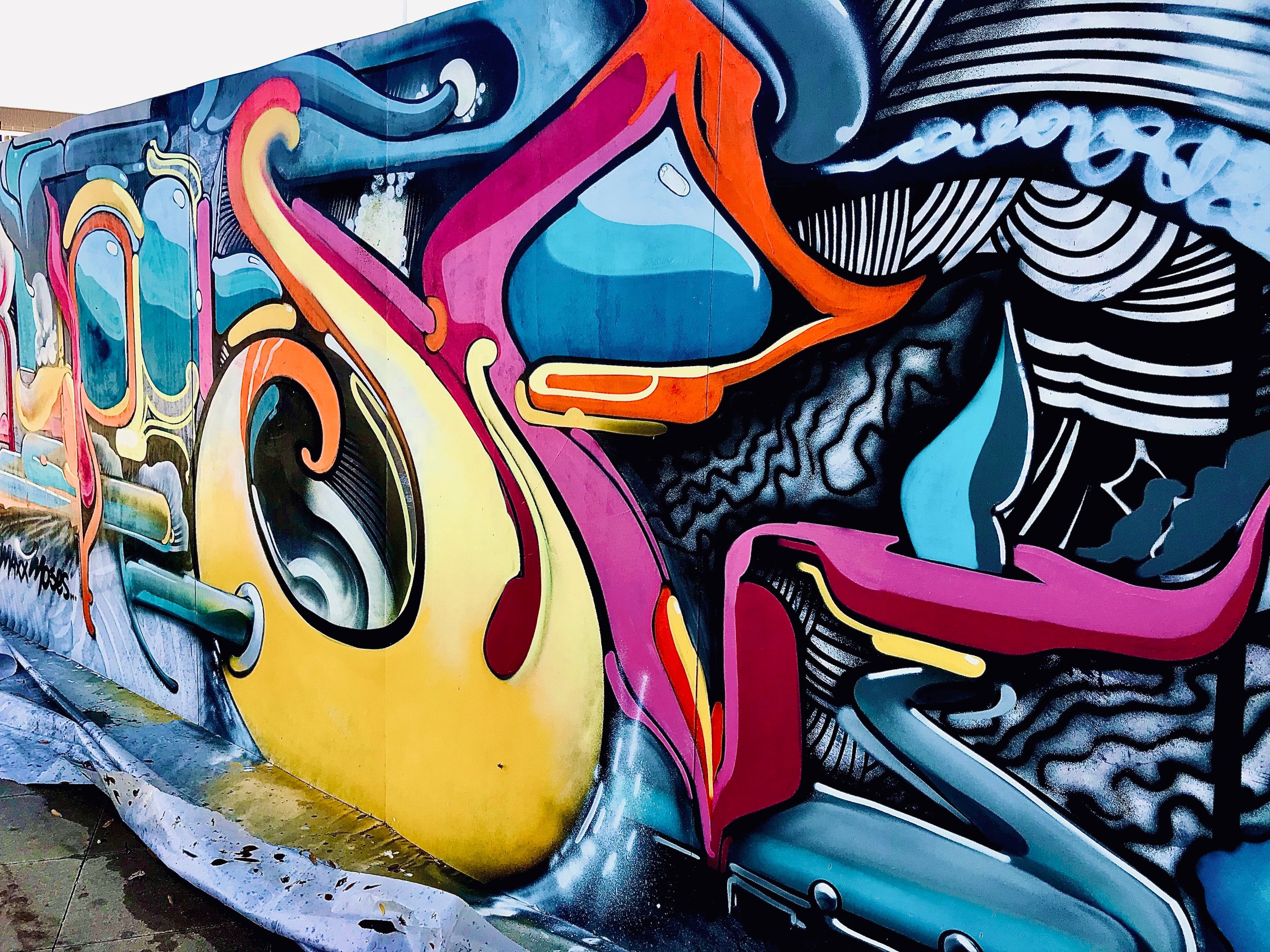

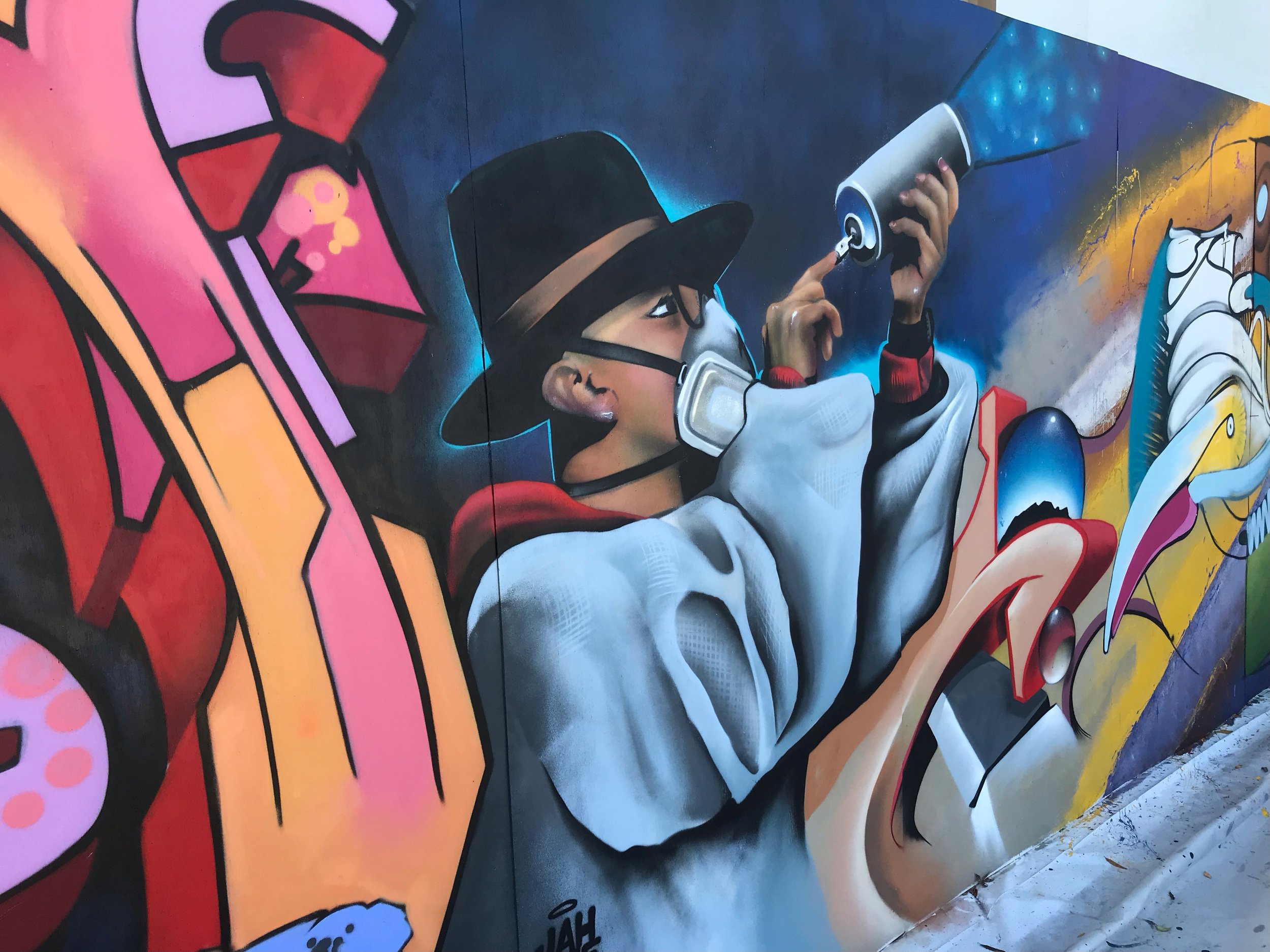
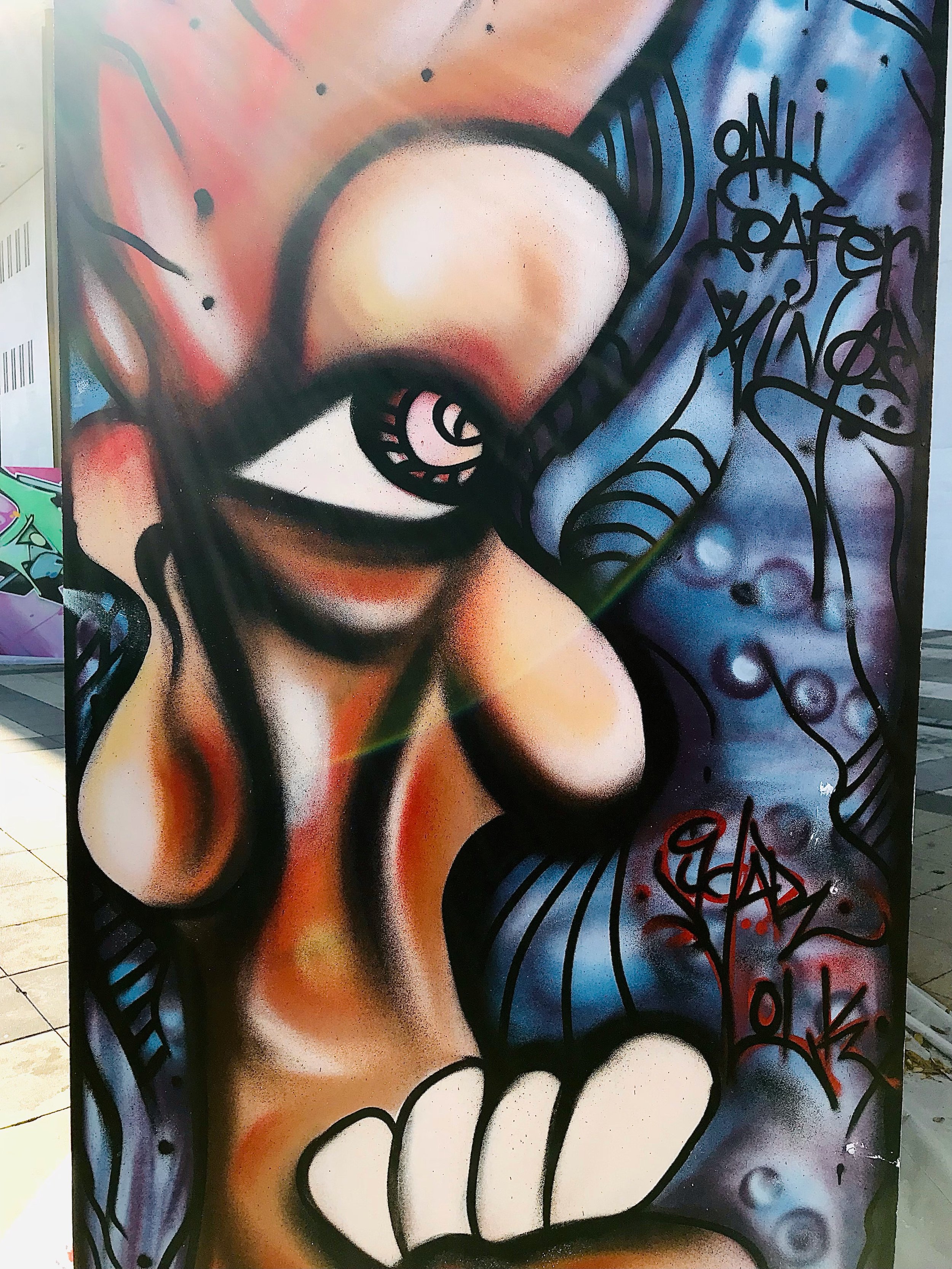
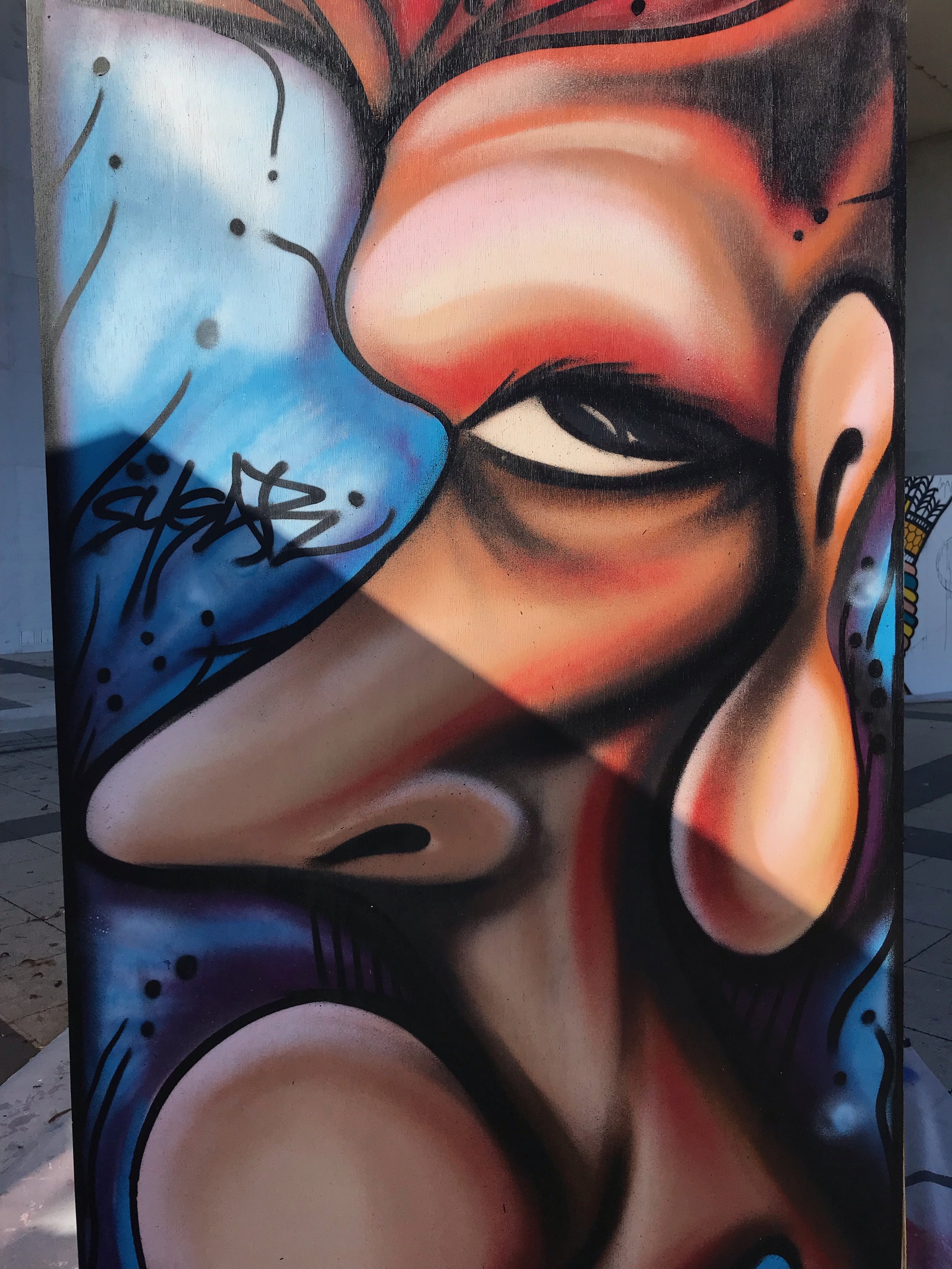

Education & Mentorship Programs
The second of three pillars that supports every effort put forth by the Kennedy Center’s staff and volunteers is to offer powerful education to people of all ages, everywhere. To that end the Kennedy Center strives to engage and uplift all learners through quality arts education—in ways that spark curiosity, build empathy, and embolden citizen artistry. They, like those they represent throughout the nation and the world, believe in using arts education as a mechanism for change.
Young Artists
Opera
NSO Youth Program
Check Out The Full List Of Kennedy Center Youth Education And Mentorship Programs
Become A Donor Or Advertiser Of Gallery de Saint-Germain




